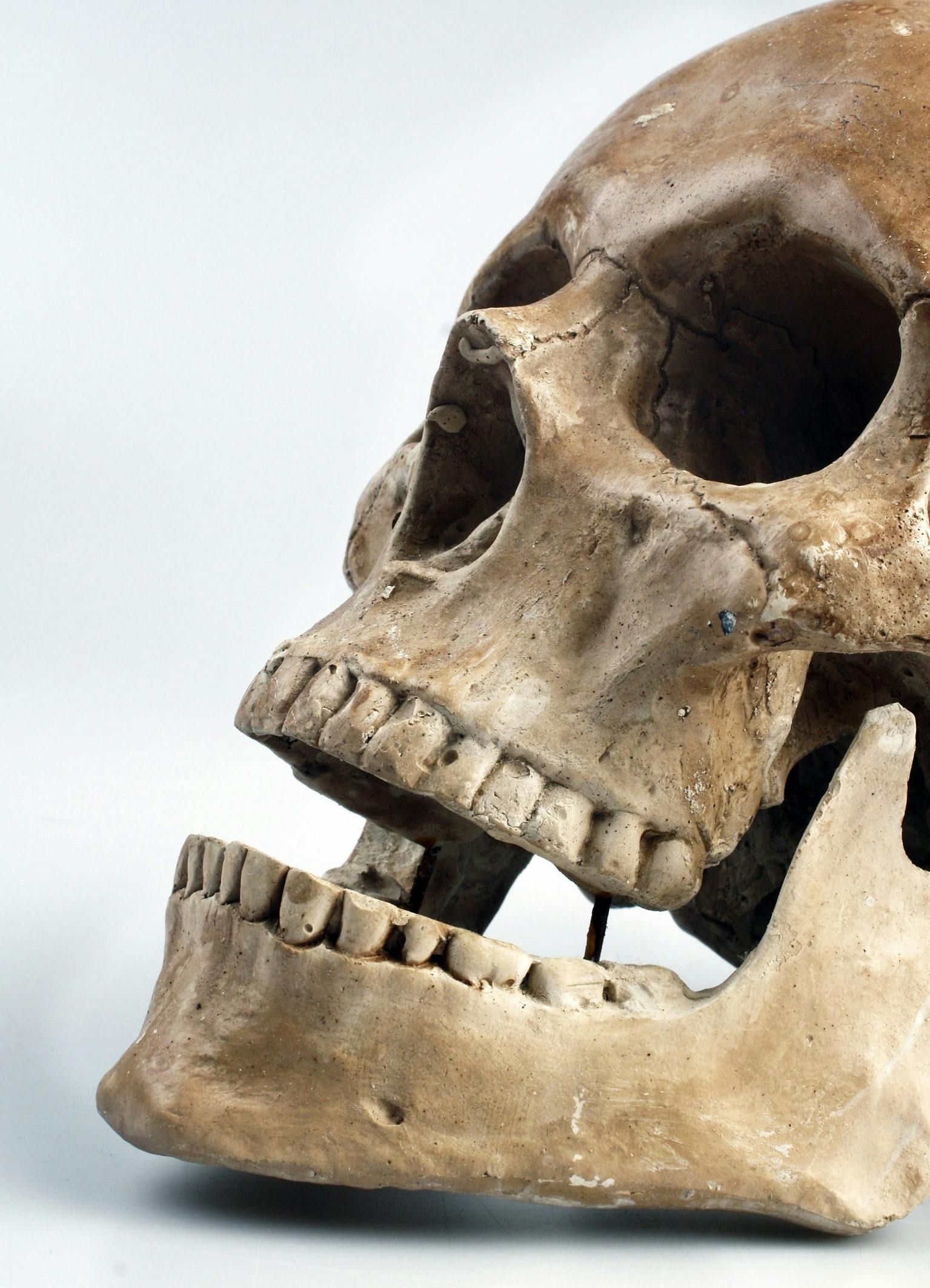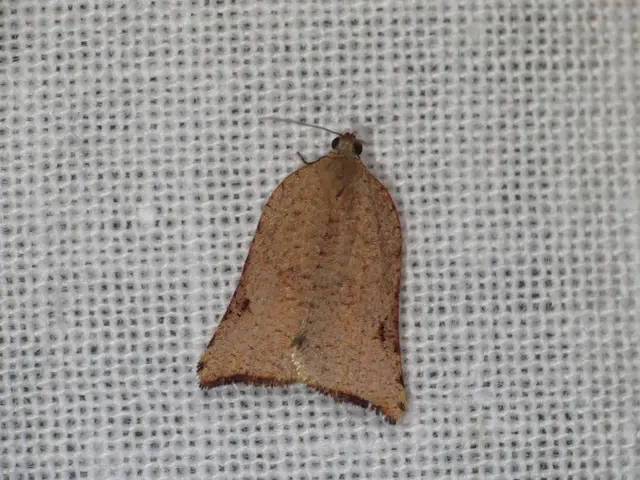Experts in Fossil Studies Clash on Identity of Stunningly Preserved Shark Remains
Updated Article:
Experts shed new light on the ancient shark, Ptychodus, which was first discovered nearly two centuries ago. A new study, published recently in the Proceedings of the Royal Society B, offers a detailed look at this ancient sea creature. In an exclusive email to Gizmodo, lead author, Romain Vullo, a paleontologist at the University of Rennes in France, shares their findings.
Based on six near-complete Ptychodus specimens excavated from Vallecillo, Mexico over the last decade, the researchers have gained valuable insights into the shark's anatomy and its place in the shark family tree. Prior to this, our knowledge of Ptychodus was limited to isolated teeth, dentitions, and a few skeletal elements like vertebrae.
According to Vullo, these complete specimens reveal that Ptychodus was a swift, open water shark with a body shape similar to the living porbeagle. They also suggest that the shark used its strong grinding dentition to feed on ammonites and sea turtles.
Intriguingly, Ptychodus was previously identified as a lamniform shark, a type of mackerel shark. However, the recent study challenges this classification and proposes that Ptychodus may have been competitively driven to extinction by mosasaurs - a family of giant marine reptiles.
This proposition, though, faces opposition from paleontologist Tyler Greenfield from the University of Wyoming. Greenfield suggests that Ptychodus belongs to an entirely different category rather than being a lamniform shark. According to Greenfield, the absence of specific features like the sizes and shapes of the teeth, the hollow sections in the jaws that hold the rows of teeth, and the cartilage structures inside the vertebrae in Ptychodus makes it a poor fit for Lamniformes.
Instead, Greenfield hypothesizes that Ptychodus, along with Squalicorax and Ptychocorax, a couple of other species of ancient shark, should be placed in a separate order, Anacoraciformes, or crow sharks. This reclassification could pave the way for a more accurate understanding of prehistoric sharks and their relations.
It's worth noting that the classifications of Ptychodus remain unclear, with no recent or widespread agreement on its placement within Lamniformes or Anacoraciformes. In contemporary studies, Ptychodus is generally regarded as a part of the Cretaceous elasmobranchs without a clear association with either Lamniformes or Anacoraciformes.
Future research will be crucial to clarify the exact classification of Ptychodus. Despite the ongoing debate, the discovery of these exceptionally well-preserved fossils could help us understand more about the evolutionary history of sharks, providing a more comprehensive picture of the Cretaceous era.
Additional Read: Bull Sharks Swim Up the Mississippi River, Making Their Way to St. Louis
- The study of Ptychodontids, an ancient shark species, has been revolutionized by recent advancements in technology, allowing scientists to gain detailed insights into the shark's anatomy that were previously unattainable.
- In the midst of centuries-old debates, the classification of Ptychodus, a Ptychodontid shark, remains unclear, with some researchers proposing its placement within the Lamniformes order and others suggesting a separate classification in the Anacoraciformes, or crow sharks.
- The characteristics of Ptychodus, as revealed by the new study, challenge the previously held belief that it was a lamniform shark, hinting at a potential extinction driven by competition with mosasaurs, giant marine reptiles of the future.
- In light of the ongoing reclassification debate, it is necessary that future scientific research, fueled by advancements in technology and the exploration of fossils like those from Vallecillo, Mexico, should provide a more conclusive answer about the true identity of Ptychodus in the vast, intriguing world of earth's ancient lifeforms.









